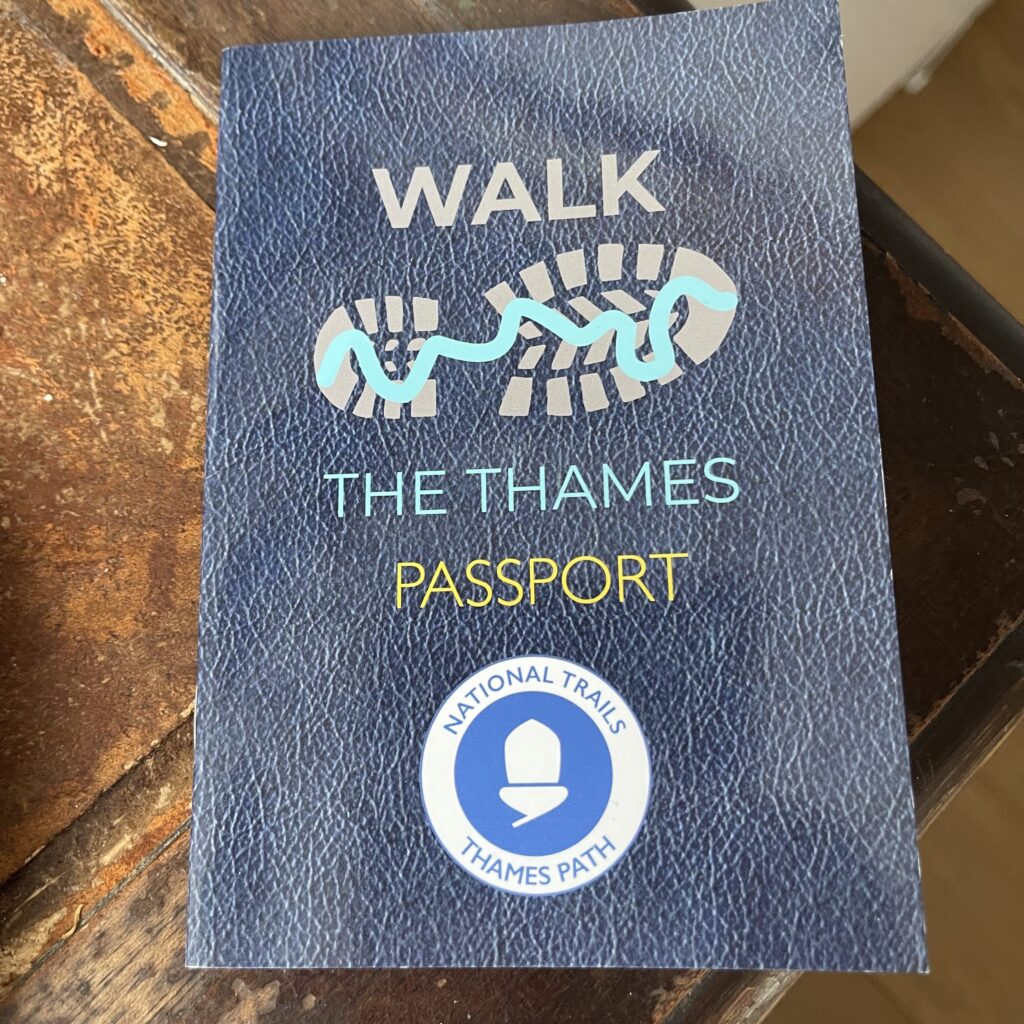Total Distance: 5.7 miles
Time: 3 hours
Points of Interest:
London Wetland Centre
Oxford and Cambridge boat race mile post
Harrods Furniture Depository
Hammersmith Bridge
Barnes Bridge
Oliver’s Island
Kew Bridge
After abandoning the previous week’s walk due to flooding, I made sure that I had checked the tide times before leaving. It had been raining heavily the previous week, so I decided to leave it until Sunday to do our walk to allow time for the path to dry out. We joined the path at Putney Bridge, the tide was low and not a puddle in sight!
It was an early’ish start for us, leaving my home in east London at 10:30 to get to Putney by about 11:45. The further west the starting point is, the longer the journey. And with the nights drawing in as we approach winter, the earlier the start will be. I’m not sure how many walks I’ll do this year, as it all depends on the weather, but I hope to get to Windsor by Christmas.
Today was significantly cooler than previous weeks, and you can certainly tell that Autumn is in the air, but it was dry and sunny and that was all that mattered. We continued along Putney Embankment, passing the many rowing clubs that line this stretch of the Thames. There were a lot of rowers out today, taking advantage of the good weather. We passed Leaders Gardens where the previous week we sat, car alarms going off and people trying to reach their cars and move them off the flooded road.
Our first point of interest along this stretch is the Oxford and Cambridge Boat Race mile post, a stone obelisk which is sited exactly one mile from the Oxford-Cambridge Boat Race start at Putney and which is the first official timing point in the race. The record time to here was set by Oxford in 1978 and repeated by Cambridge in 1993, 3 minutes and 31 seconds.
The post is a memorial to Steve Fairbairn who was a rower and an influential rowing coach at Jesus College Boat Club, Cambridge University, Thames Rowing Club and London Rowing Club in the early decades of the 20th century, and founded the prestigious Head of the River Race in 1925.
We continued along the path, which has started to feel a bit more ‘out in the country’. This stretch of the path is entirely along the river bank, and it certainly feels like you’re starting to leave the city. The London Wetlands Centre runs parallel to the path and is open 7 days a week, 364 days of the year. The centre occupies more than 100 acres (40 hectares) of land that is filled with wildlife and contains a recreated UK wetland habitat including open water, reed bed, grazing marsh, ponds, wet woodland and flooded meadow. I’ve never visited, but it’s certainly something else I want to add to my list of things to do.
Further along the path is the Harrods Furniture Depository. This impressive building was once a warehouse for Harrods, storing large items of furniture, awaiting despatch to clients. The Depository also had space for personal storage, providing furniture storage for clients who needed somewhere to keep their belongings while they were abroad. In 2000, the building was converted to flats and the estate is now known as “Harrods Village”.

Our first rest stop was at Hammersmith Bridge, and we sat watching the rowers trying to avoid crashing into the side of the bridge. The first Hammersmith Bridge was opened in 1827 and was the first suspension bridge over the Thames. After a boat collided with the bridge in 1882, the bridge was replaced with the current structure and was opened in 1887. In recent years the bridge has been closed to traffic due to safety concerns, and it’s future as a motor vehicle crossing remains uncertain, with the cost of repairs estimated to be £250m.
Continuing along the path, we head towards Barnes. Barnes is a very picturesque ‘village’ along the Thames and has a high concentration of 18th and 19th-century buildings, it also has the highest proportion of independent shops of any area in Britain at 96.6%. Many notable people have lived here, including the composer Gustav Holst and ballet dancer and founder of The Royal Ballet School, Ninette de Valois.
Once we passed Barnes Bridge we sat down outside the White Hart pub, and had a short rest, no time for a pint yet, I’ll save that for when I’ve finished today’s walk!
We continued along the path, passed the Stag Brewery and towards Chiswick Bridge. Cher had a quick dip in the Thames, rather her than me!
The Boat Race finish line stone is just east of Chiswick Bridge, not far from The Ship pub. I must have walked straight past it and completely missed it! If you do this stretch of the path, look out for the granite cuboid that marks the end of the race.
The path continues under Chiswick Bridge. The bridge was opened in 1933, and is now the 8th busiest road bridge across the Thames in London.
Not as pretty, is the Kew Railway Bridge which was coming into view. This bridge was built in 1869 and is now Grade II listed.
Further along we come to Oliver’s Island which is a small eyot where, according to myth, Oliver Cromwell took refuge from the Cavaliers during the English Civil War. There was said to be a tunnel that linked the Island to the Bull’s Head pub, but no evidence of a tunnel has been found.
The Bull’s Head was to be my final destination. I recently received my Walk the Thames Passport, and I wanted to stop off and collect my first stamp. We crossed over Kew bridge to the North bank and headed along Strand on the Green towards the pub.
The gorgeous Grade II listed pub has great views along the river. Records can confirm it has been in business as a licensed pub since at least 1722, and there has been an inn on site for over 400 years. It’s a lovely, cosy pub and a perfect end to our walk. I managed to find a couple of high backed chairs and a small table to enjoy a perfect and well deserved Sunday lunch along with a pint of IPA.

















